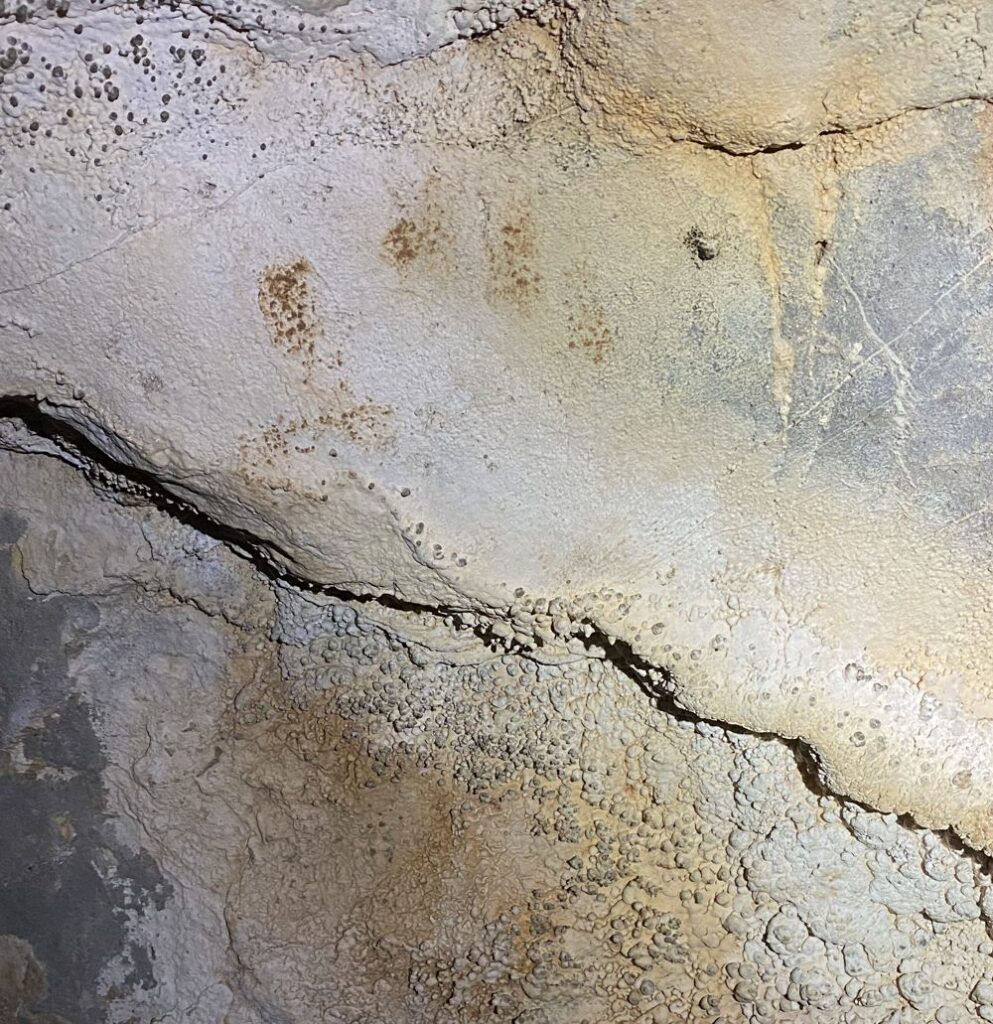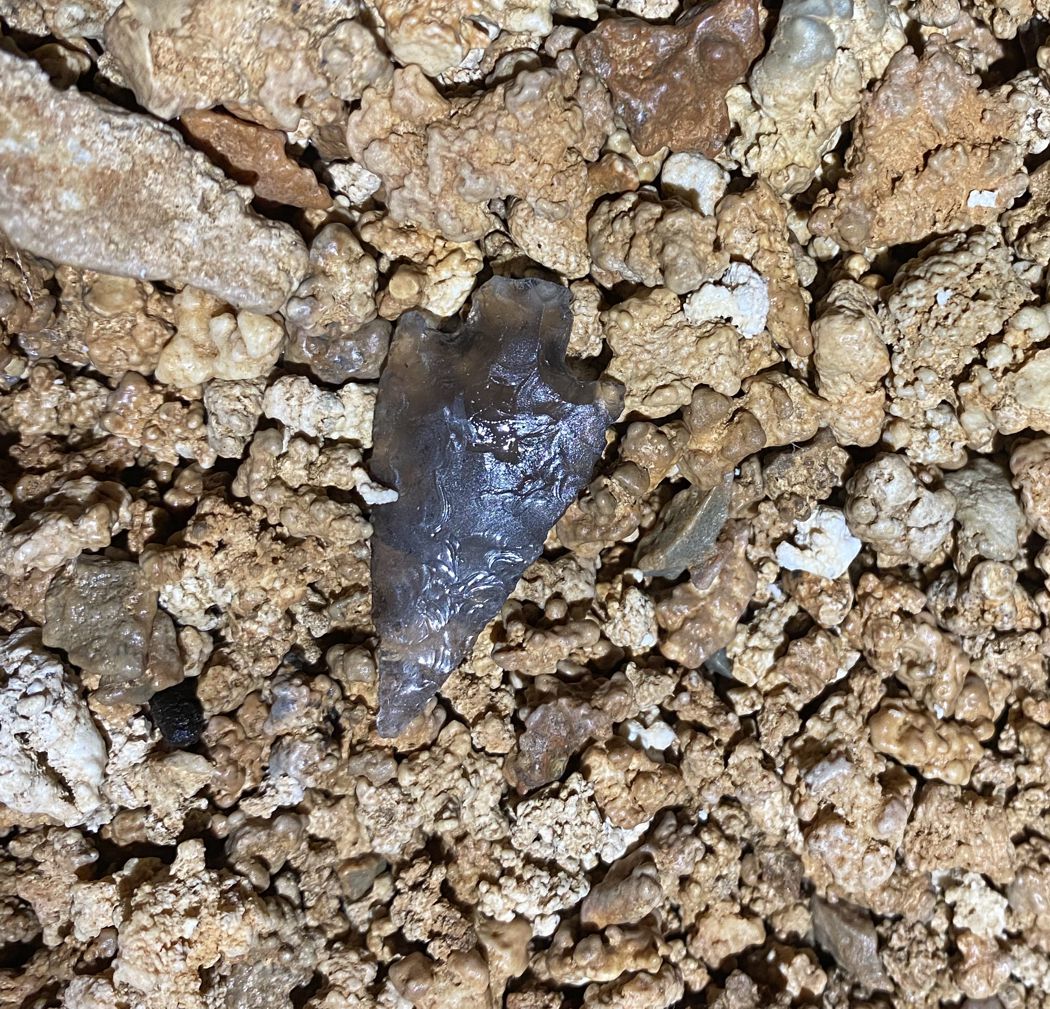
People have been going into California for tens of thousands of years
Native Americans have been here for a long time, and their relationships with caves have been a part of their vast history.
California caves are rich in Native American history
Across the state, Native American have been using caves for thousands of years in a wide variety of ways, as shelter, for supplies of water, and for storage. They have also been the sites of ceremonies, religious practices and sacred burials. Sadly, early European pioneers badly damaged many sacred cave sites and burials in the state, particularly in caves in the Mother Lode region of the central Sierra Nevada.
Today when cavers find Native American remains or artifacts it is immediately reported to the federal agency that manages the cave or to the State Office of Historic Preservation. These government offices are charged with consulting with tribes to protect their heritage on public land and across California.

California caves and Native Americans
The Winnemem Wintu long told the story of a young woman who died in a Shasta County cave when she fell down a deep pit, much to the skepticism of many early settlers. But when the pit was first descended, using a rope ladder in 1904, her body lay there on the cave floor. Initially her remains were removed from the cave and taken to UC Berkeley for study. But more than a decade ago she was reinterred near the McCloud River by her ancestors.
On the Shasta-Trinity National Forest in 2022 a group of cave enthusiasts was exploring high up on cliffs of limestone many miles from any roads or trails hoping to find caves to visit. One small entrance was spotted hidden behind large boulders that had tumbled down from the cliff above. It was difficult to reach the entrance up high on a very steep and large rock face. Entering the cave was also difficult and painful even with caving pads, because one had to climb through a narrow crack and over a sharp rock. From there the cave was a walking passage that did not go very far, maybe 100 feet. At the very back of the cave, on the floor, lay two arrow heads of identical shape and size, but made of different types of stone. The cavers took photos, left and reported the find to the Archaeologist for the Shasta Trinity Forest who informed the local tribe. Judging by their style and shape, these arrowheads are likely to be more than a 1,000 years old.
Chief Kintpuasch was known as Captain Jack, and he and the Modoc people knew the maze of caves, rocks, canyons and tunnels in the Lava Beds of far northeastern California. Fifty three Modoc men and many women and children held up in Captain Jack’s Stronghold after the Battle of Lost River, part of the Modoc War in 1873. This was part of the California campaign of genocide against Native Americans that saw many massacres in northern California in the late 1800s. In the first battle of the Stronghold, 35 soldiers and volunteers were killed, while the Modoc suffered no losses. In the second battle, the Army captured the spring the Modocs had been using as a water supply. The Modocs were forced to flee and escaped via a tiny cave. Most were captured in subsequent days.